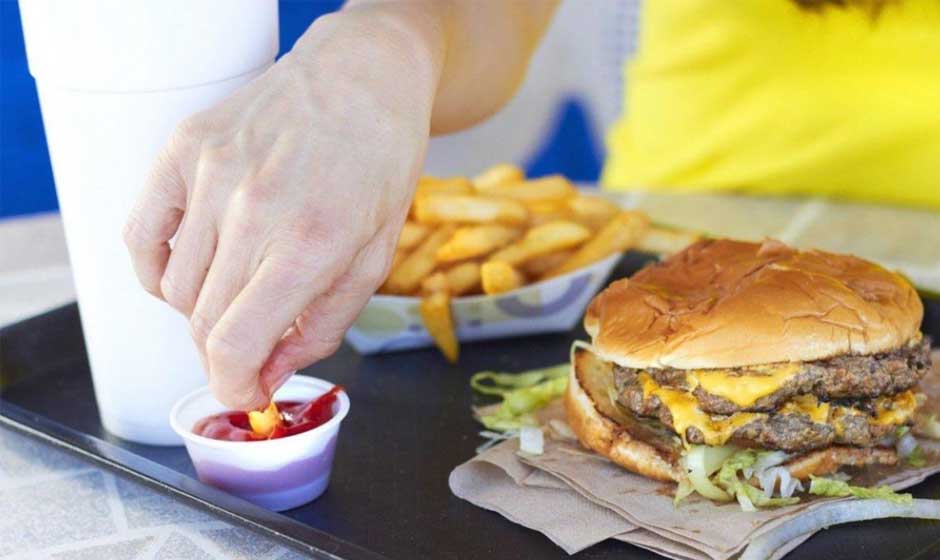Fast food is a global phenomenon, and it does not seem to lose its popularity anytime soon. From fries and burgers to pizzas and wraps, individuals all over the world crave fast food for instant, delicious, and cheap meals. It is also easy to accommodate today’s lifestyle, with less time on hand and convenience the number one priority. If you’ve ever searched burger boxes near me in the search bar after craving a quick bite, don’t worry, you are not alone. This ordinary search reflects a worldwide trend: fast food has never been more readily available. In this article, we’ll explore the top reasons fast food culture is still on the increase globally and why it’s now a part of modern life.
Fast Food is Quick and Easy
Fast food flourishes since people are always on the move. Little time for home-cooked meals is left by hectic schedules. Fast food presents a rapid fix. You walk in, place an order, and eat within a few minutes. For many, this is the ideal cure following a hard day or during a brief lunch break. Food apps, drive-thrus, and takeaway alternatives further simplify things. Convenience keeps fast food front and centre in mind.
Affordable Prices Appeal to Everyone
Cooking at home sometimes exceeds the cost of fast food. For students, big families, or employees on a tight budget, it is a simple approach to fill up without much expense. Customers kept returning thanks to meal deals, combo offers, and discount coupons. Fast food frequently seems like the greatest bargain when people weigh cost and time. The low costs make it a normal choice, not only a rare indulgence.
Global Brands Grow Quickly
Everywhere are foreign chains including McDonald’s, KFC, and Subway. These companies have learned the art of world growth. They maintain their trademark dishes even as they tailor their menus to regional preferences. People have come to expect from these companies, hence they trust them. Whether you are in Toronto or Tokyo, a Big Mac will taste more or less the same. This reliability fosters consumer loyalty and fuels global development.
Tastes Good and Feels Familiar
Let us confront it: fast food is delicious. Most people find pleasure in salty fries, crispy chicken, and cheesy hamburgers. It provides flavour and comfort even when it’s not healthy. Fast food provides expatriates and travellers with some familiarity. Dining at a recognised chain seems like part of my home. Even if they are trying to eat better, that emotional link keeps them returning.
Good Marketing Maintains Its Popularity
Fast food businesses understand how to sell. They spend a significant amount on both offline and online marketing. From appealing jingles to famous endorsements, they know how to attract attention. Through social media, applications, and influencer collaborations, they also aim at young adults. Limited-time deals and vibrant packaging foster enthusiasm and pressure. Fast food remains relevant and attractive to the next generations thanks to its ongoing marketing.
Urbanisation Drives Fast Food Development
Increasing numbers of urban dwellers alter their lifestyles. Living in a city usually translates into longer work hours, smaller kitchens, and less cooking time. Fast food meets the needs. Cities have more people searching for quick meals, more delivery choices, and more fast food outlets. Global urbanisation is still rising, as is demand for fast food. To stay current, chains are even changing to fit fewer locations and closer neighbourhoods.
Updated Technology Simplifies Access
The game has been changed by food delivery applications. With a couple of taps, you may order pizza, noodles, or a burger and have it delivered right to your front door. Access of this sort was not feasible a decade ago. Fast food companies now work with apps like Uber Eats, DoorDash, and Foodpanda to access even more consumers. With loyalty points, reviews, and recommendations, these apps help to make the experience quick and pleasant. Technology has made cravings into immediate outcomes.
Conclusion:
Fast food culture is expanding and not slowing down. People all over are hooked by a combination of affordability, taste, smart marketing, and convenience. From city dwellers to students, from busy professionals to young families, fast food meets a common need: quick, filling meals with minimal effort. Fast food continues changing as world norms shift. Whether you love it or seek to avoid it, fast food is here to stay, moulded by current tastes and driven by global demand.












